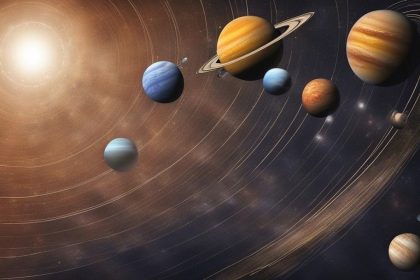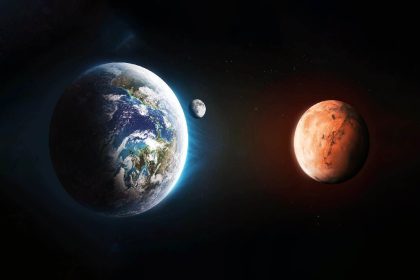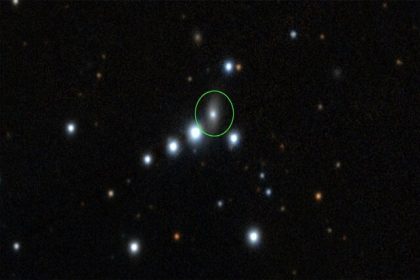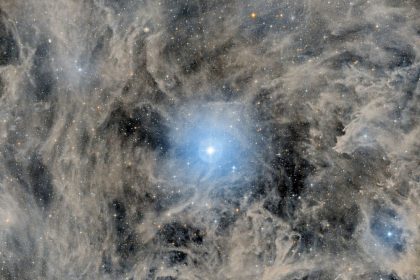According to scientists, Mercury has been shrinking since 3 billion years ago and may continue to shrink.
According to Tekna technology and technology news service, Mercury is covered by many subsurfaces with its wrinkled shell. Scientists have known about the cooling and shrinking of Mercury’s core for decades. At that time, NASA’s Mariner 10 had reached Mercury during a mission and sent its data to scientists about the thermal contraction of this planet and its beginning about 3 billion years ago. New research by British scientists shows that tectonic activities aimed at shrinking Mercury have started since 300 million years ago and the planet may still be shrinking.
Mercury’s shells, called lobules, contracted as the planet cooled. Then along with the reduced surface of this planet, thrust faults will be created. For example, this planet can be considered like a drying apple, which has become wrinkled due to the depletion of its mantle.
More recent images of Mercury taken by NASA’s MESSENGER spacecraft from 2011 to 2015 show subterranes on the planet’s surface in the form of a shallow valley along a fault. The phenomenon related to subterranes shows that this planet is getting smaller and its crust has become elongated.
Considering the possibility of observing subterranes and emphasizing that the impact craters are still not covered by the ejected debris, their age is estimated to be approximately 300 million years. Geological features such as impact craters are usually altered in appearance by impacts or ejecta.
RCO NEWS
















